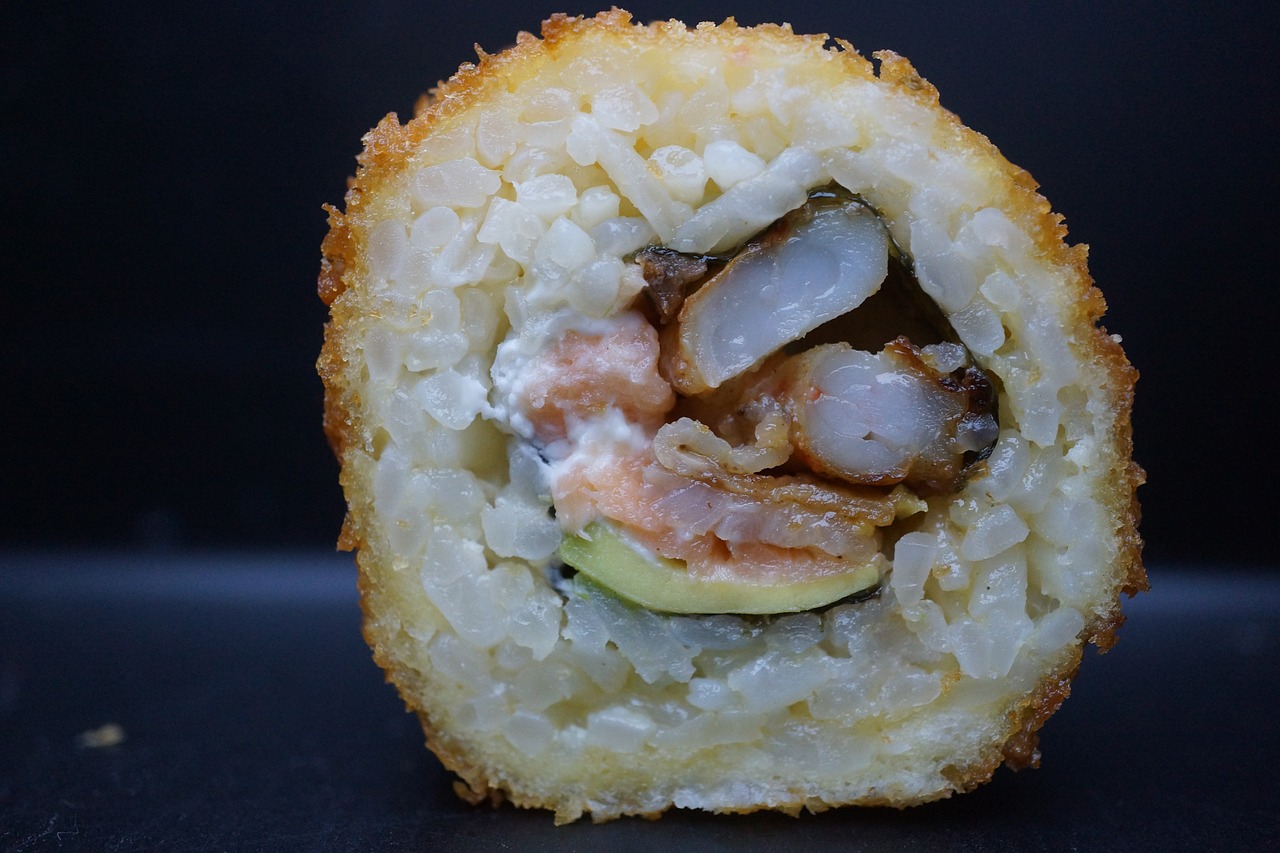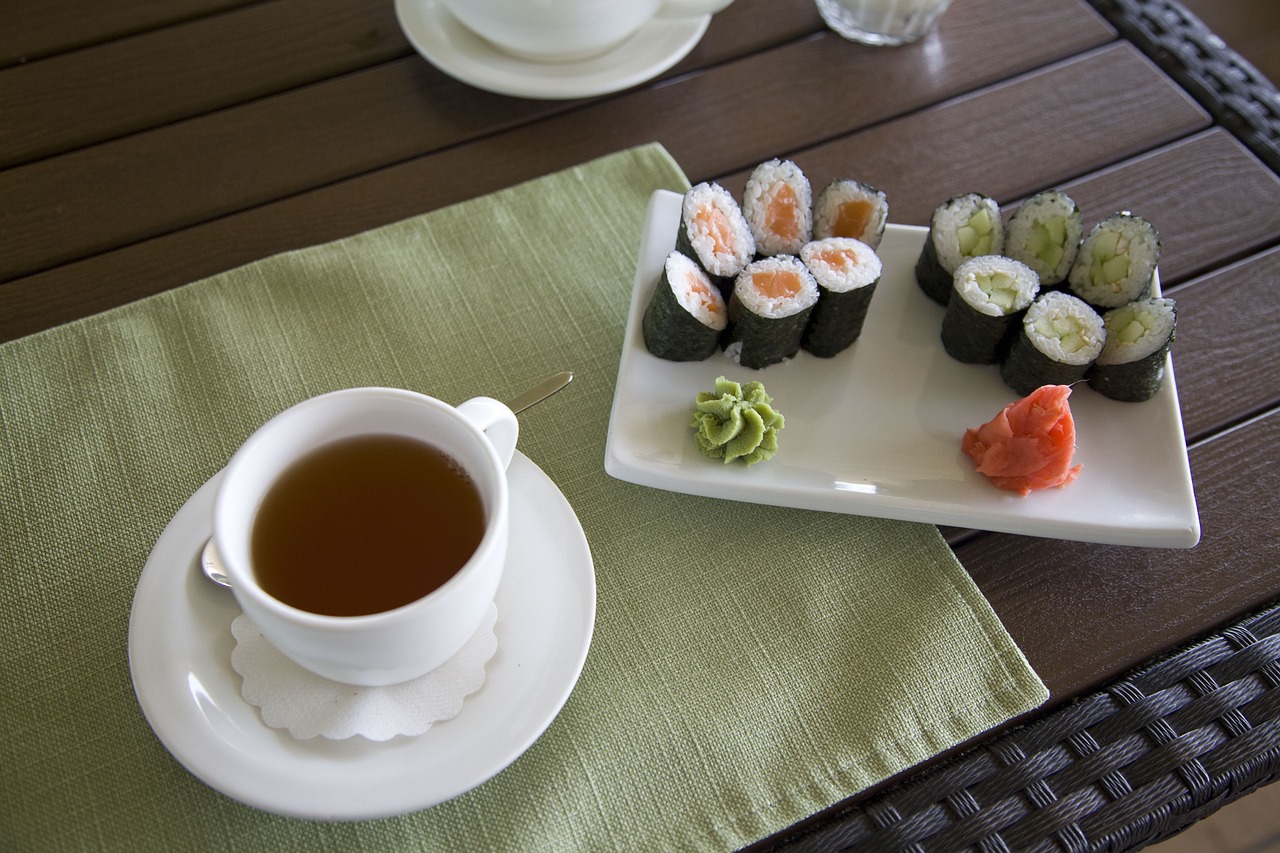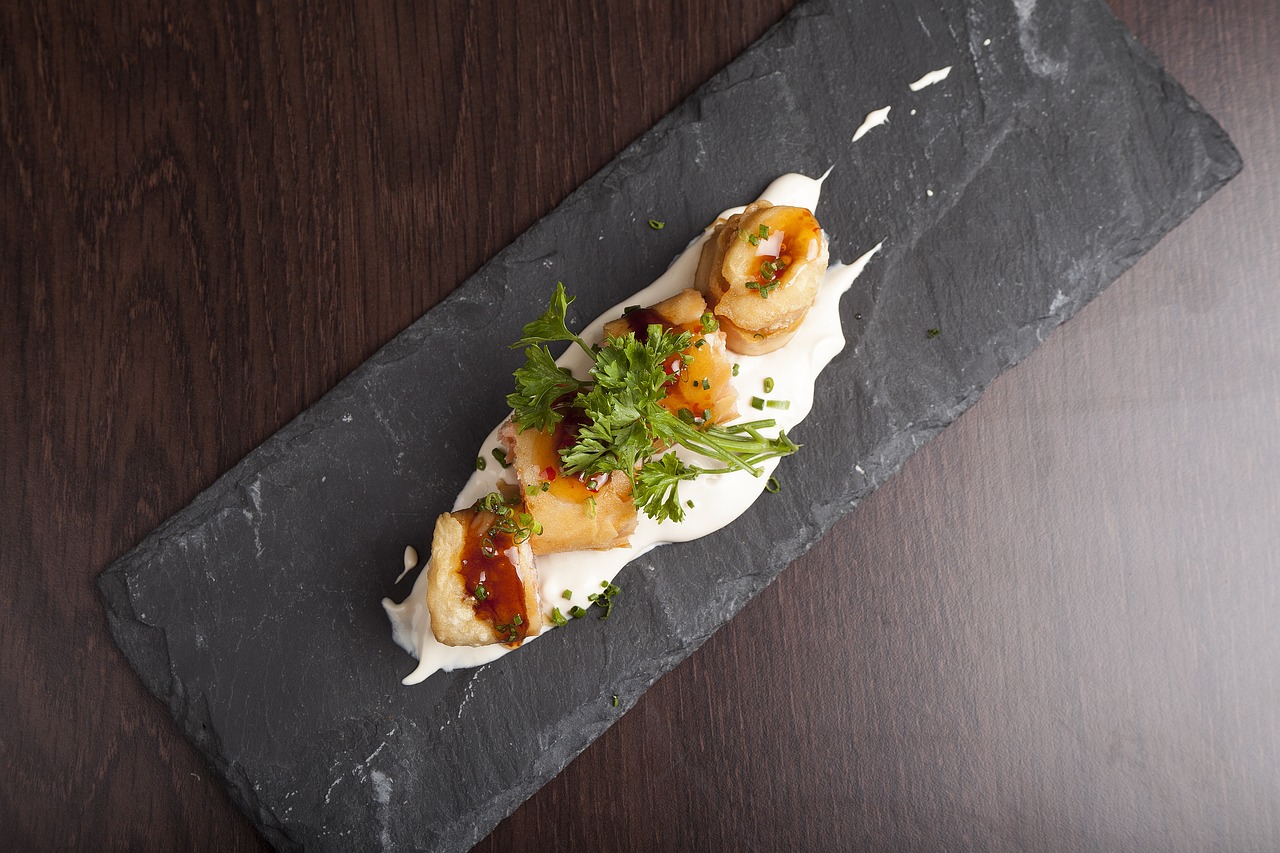Japanese Seafood Sushi Rolls Recipe

Are you ready to embark on a culinary journey to Japan without leaving your kitchen? Today, we are diving into the exquisite world of Japanese seafood sushi rolls. Get ready to tantalize your taste buds and impress your guests with this step-by-step guide on creating authentic and mouth-watering sushi rolls right at home.
First and foremost, let's talk about the heart of any sushi roll - the sushi rice. To achieve that perfect sticky consistency and seasoned flavor, you will need essential ingredients such as short-grain rice, rice vinegar, sugar, and salt. Follow the precise measurements and cooking instructions to ensure your sushi rice sets the foundation for a delectable sushi roll.
Next, it's time to dive into the selection of fresh seafood. From succulent tuna to buttery salmon, sweet shrimp, and delicate crab, choosing the freshest seafood is key to elevating the flavors of your sushi rolls. Quality and freshness play a vital role in creating a delightful dining experience that will leave your guests craving for more.
Now, let's master the art of rolling sushi with finesse. Learn the proper technique of spreading rice on nori, adding fillings with precision, and rolling tightly to create beautifully structured sushi rolls. Follow the step-by-step instructions to achieve professional-looking sushi that not only tastes amazing but also looks visually appealing.
As you prepare to serve your Japanese seafood sushi rolls, consider the presentation as important as the taste. Explore creative ways to garnish, sauce, and plate your sushi rolls for an elegant and appetizing presentation. Impress your guests with a visually stunning dish that reflects the artistry and craftsmanship of traditional Japanese cuisine.
Ingredients for Sushi Rice
When preparing the perfect sushi rice for your Japanese seafood sushi rolls, it is crucial to gather the essential ingredients that will contribute to the authentic flavors and textures of this beloved dish. The key components for sushi rice include:
- Short-grain rice: The foundation of any sushi roll, short-grain rice is known for its sticky texture that holds the roll together.
- Rice vinegar: Adds a tangy and slightly sweet flavor to the rice, essential for achieving the traditional sushi taste.
- Sugar: Balances the acidity of the rice vinegar and enhances the overall taste of the sushi rice.
- Salt: Provides a subtle savory element that complements the other flavors in the sushi rice.
Each ingredient plays a vital role in creating the perfect sushi rice that will serve as the base for your delicious seafood-filled rolls. The precise measurements and cooking techniques for these ingredients are crucial in achieving the ideal texture and taste that will elevate your homemade sushi to restaurant-quality standards.
Selection of Fresh Seafood
When it comes to creating authentic and delicious Japanese seafood sushi rolls, selecting the freshest seafood is crucial. The quality and freshness of the seafood you choose will significantly impact the overall taste and dining experience of your sushi rolls. To ensure you are using the best ingredients, here is a guide to selecting the freshest seafood for your sushi rolls:
- Tuna: Look for bright red tuna with a firm texture. Fresh tuna should have a clean ocean scent and minimal fishy smell.
- Salmon: Opt for vibrant orange salmon fillets that are moist and shiny. The flesh should be slightly translucent and free of any discoloration.
- Shrimp: Choose shrimp that are firm to the touch and have a sweet aroma. Avoid shrimp with a slimy texture or ammonia-like smell.
- Crab: When selecting crab meat, go for pieces that are sweet-smelling and have a delicate texture. Fresh crab should have a sweet and briny taste.
When purchasing seafood for your sushi rolls, it is essential to buy from reputable sources that prioritize freshness and quality. If possible, buy seafood on the same day you plan to make your sushi rolls to ensure maximum freshness. By selecting the freshest seafood available, you can elevate the flavors of your sushi rolls and create a dining experience that is truly exceptional.
Techniques for Rolling Sushi
When it comes to mastering the art of rolling sushi, precision and finesse are key. The techniques for rolling sushi require attention to detail and practice to perfect. Here are some essential steps to follow for creating beautiful and delicious sushi rolls:
- Prepare the Rice: Start by spreading a thin layer of sushi rice evenly over a sheet of nori, leaving a small border at the top to seal the roll.
- Add Fillings: Place your choice of fresh seafood, vegetables, or other fillings in a line across the center of the rice. Be sure not to overfill the roll to avoid it from becoming too bulky.
- Roll Tightly: Using a bamboo sushi mat, roll the nori and rice over the fillings tightly to form a compact cylinder. Apply gentle pressure as you roll to ensure the ingredients stick together.
- Seal the Roll: Moisten the top border of the nori with a bit of water to help seal the roll. Finish rolling and press gently to secure the seam.
- Cut with Precision: Use a sharp knife to slice the sushi roll into equal-sized pieces. Dip the knife in water between cuts to prevent sticking and ensure clean slices.
By following these techniques and practicing your sushi rolling skills, you can create professional-looking sushi rolls that are not only visually appealing but also bursting with flavor. Remember, practice makes perfect, so don't be afraid to experiment and refine your sushi-making skills to impress your guests with restaurant-quality sushi right at home.
Serving and Presentation
When it comes to serving and presenting your Japanese seafood sushi rolls, the goal is to create a visually stunning dish that not only tastes delicious but also captivates the eyes of your guests. Let's delve into some creative ways to elevate the presentation of your sushi rolls:
Garnishes: Enhance the aesthetic appeal of your sushi rolls by adding decorative garnishes such as sesame seeds, microgreens, edible flowers, or thinly sliced vegetables like cucumber or avocado. These little touches can make a big difference in the overall presentation.
Sauces: Elevate the flavors and presentation of your sushi rolls by serving them with a variety of dipping sauces such as soy sauce, wasabi, pickled ginger, or spicy mayo. Arrange the sauces in small, elegant dipping bowls or drizzle them artistically over the rolls for a gourmet touch.
Plating Techniques: Pay attention to how you arrange and plate your sushi rolls on serving dishes. Consider using decorative plates, sushi boats, or traditional wooden sushi platters to enhance the visual appeal. Experiment with different plating styles to create a visually appealing presentation.
Remember, presentation is key when it comes to serving Japanese seafood sushi rolls. Take the time to carefully arrange your rolls, garnishes, and sauces to create a feast for both the eyes and the taste buds. With a little creativity and attention to detail, you can impress your guests with a visually stunning sushi dish that looks as good as it tastes.



 HazalVardal
HazalVardal 





